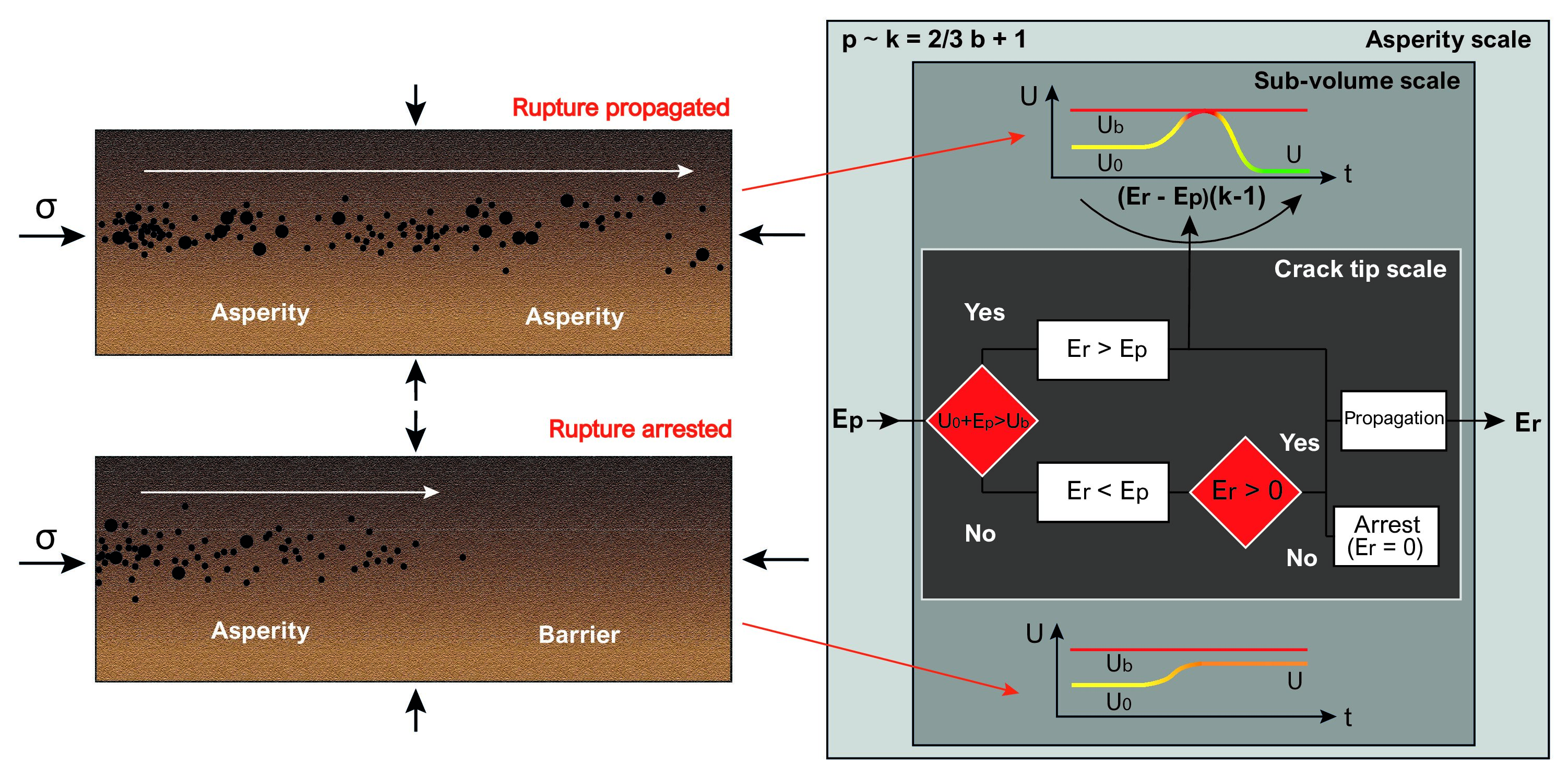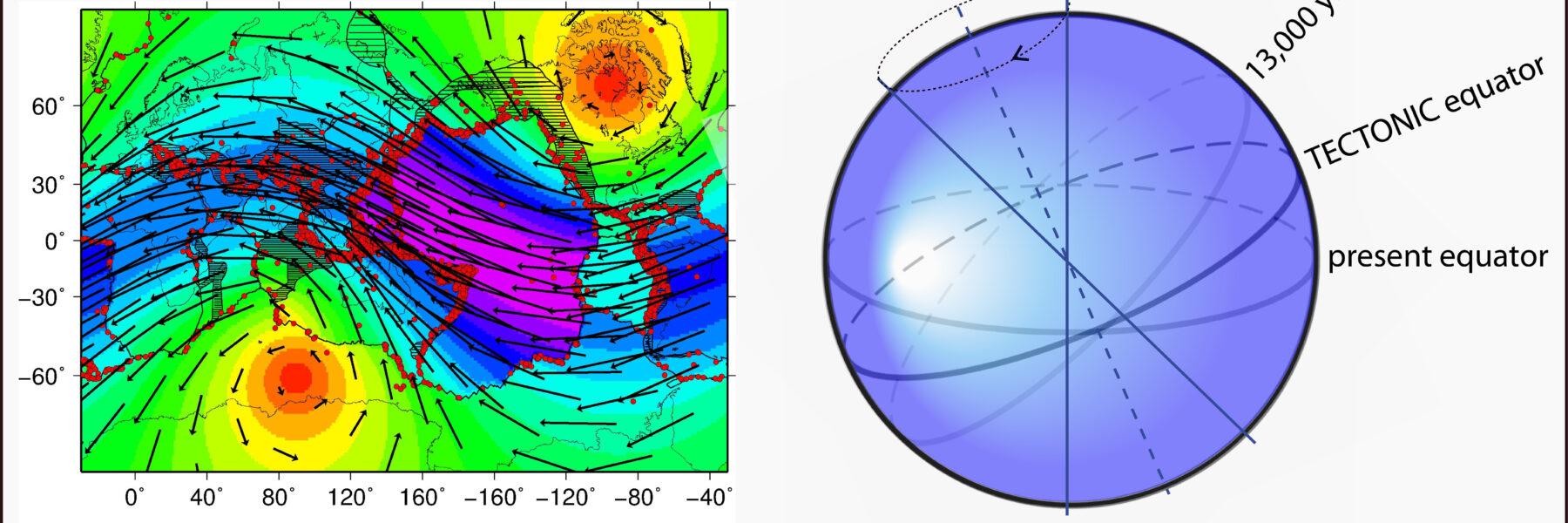We analysed the earthquake double-couple as a function of the faulting type. Here we show that it impacts the moment tensors of earthquakes: thrust-faulting events are characterized by higher double-couple components with respect to strike-slip- and normal-faulting earthquakes.
Read full textMonth: November 2022
Correlation between seismic activity and tidal stress perturbations highlights growing instability within the brittle crust
Faults become more and more responsive to stress perturbations as instability mounts. We utilize this property in order to identify the different phases of the seismic cycle.
Read full textScaling properties of seismicity and faulting
In this work, a model for describing the size-frequency scaling and the temporal evolution of seismicity is proposed starting from simple assumptions. The parameter describing how the number of earthquakes decreases after a major seismic event, p, turns out to be positively correlated to the exponent of the frequency-size distribution of seismicity, b, and related to tectonics.
Read full textVariable seismic responsiveness to stress perturbations along the shallow section of subduction zones: the role of different slip modes and implications for the stability of fault segments
Assessing the stability state of fault interfaces is a task of primary interest not only for seismic hazard, but also for understanding how the earthquake machine works
Read full textEarth’s gradients as the engine of plate tectonics and earthquakes
The processes occurring on the Earth are controlled by several gradients. The surface of the Planet is featured by complex geological patterns produced by both …
Read full text




